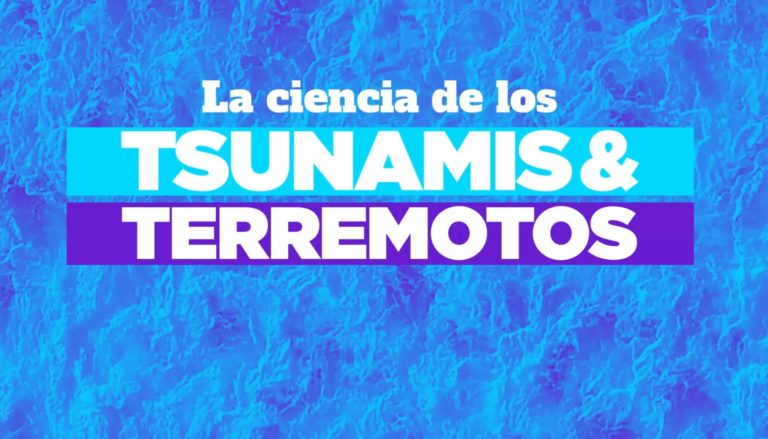Countries such as Japan, Mexico, Chile and the United States have made some progress, but the scientific consensus remains unanimous: “Predicting in detail when, where and at what scale it will happen is impossible today.”
Japan today activated a tsunami warning due to a 7.3-magnitude earthquake off the coast of Fukushima Prefecture. The Japan Meteorological Agency said the quake occurred around midnight local time, at a depth of 60 km.
Ten years ago, in this very place there was a devastating earthquake that reached the nuclear power plant.
There is a study that tracks earthquakes that have occurred on Earth since 1900. The results suggest the following: Every year, an earthquake of magnitude 8 occurs on the planet; 15 degrees between 7 and 8; And 134 earthquakes, with a magnitude between 6 and 7.
These are the most destructive, but the fact is that seismographs spread all over the world detect at least a million seismic movements or imperceptible tremors of people every year.
Since ancient times, humans have been trying to predict an earthquake. According to MIT documents, since ancient Greece, there are historical tales that speak of changes in the behavior of animals such as snakes, rodents and mice before the arrival of the earthquake.
Countries such as Japan, Mexico, Chile and the United States have made some progress in this regard, but the scientific consensus remains unanimous: “Forecasting, in the sense of predicting in detail when, where and with what magnitude an earthquake will occur, today is impossible.”
However, some researchers are more optimistic and believe that new technologies such as artificial intelligence can support the development of the detection system.
“Now, with the help of artificial intelligence, a growing number of scientists are saying that changes in the way they can analyze vast amounts of seismic data can help them better understand earthquakes, predict how they will act, and provide faster and more accurate early warnings,” explains an article in the New York Times. Times.
In any case, knowledge is still very limited and there are no models with sufficient accuracy to predict one of the most devastating and uncertain natural phenomena ever.


/cloudfront-us-east-1.images.arcpublishing.com/eluniverso/S6C5APBUCBBW5PEKYFNIR3NF54.jpg)
:format(jpeg)/cloudfront-us-east-1.images.arcpublishing.com/elespectador/M72YM7AJJNASLLSYD2TN3JHVTU.jpeg)

